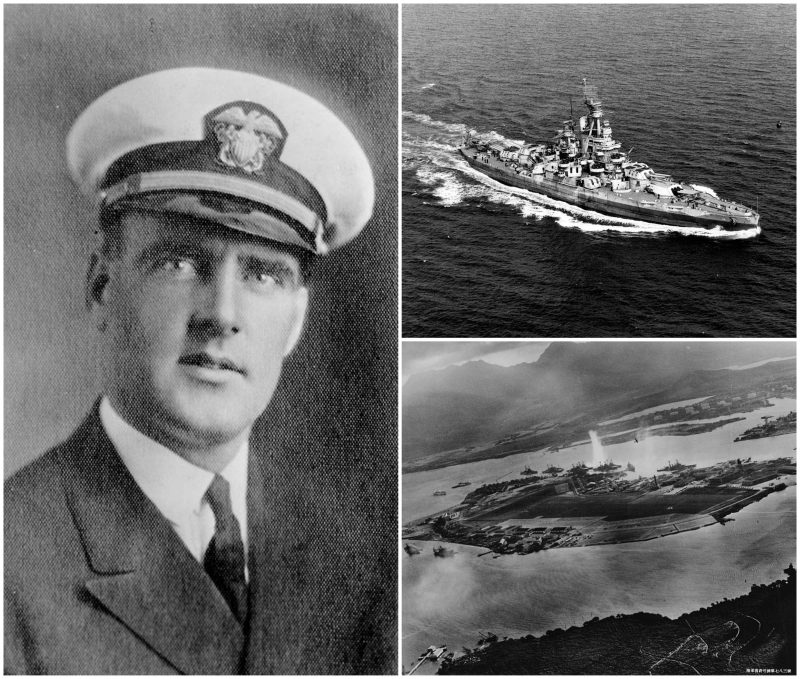On December 7, 1941, a US Navy sailor who went by the name of Edwin Joseph Hill (October 4, 1894 – December 7, 1941), sacrificed himself for the greater good during the attack on Pearl Harbor. He was part of the crew of the battleship USS Nevada (BB-36) and he was awarded a Medal of Honor for his selfless act.
He followed in his family’s seafaring footsteps and forged his birth certificate in order to serve in the US Navy. Hill was enlisted in 1912 and soon proved himself a versatile sailor, quickly rising to Chief Boatswain.
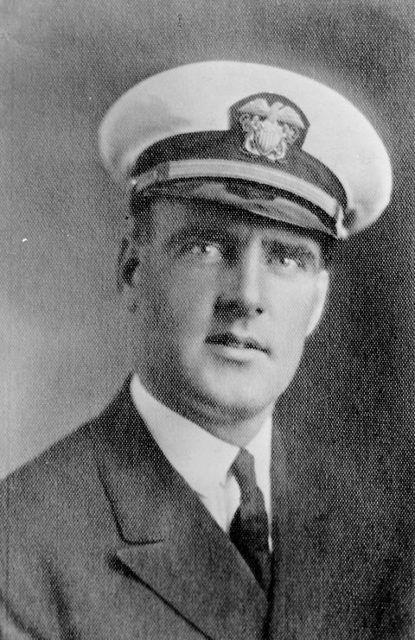
In the midst of the carnage of the unexpected assault on Pearl Harbor on December 7, 1941, Hill’s actions are considered to be among the most extreme acts of bravery to have occurred during the Japanese attack.
The whole base was far from prepared for any attack. The Japanese assault was no doubt one of the most effective in WW II, with more than 2400 American deaths and over a thousand wounded.
Thinking quickly, Hill dived overboard and swam to and fro, untying the ship’s lines, thus enabling her to cast off from the quays. Having managed to release the USS Nevada from its mooring, the battleship was able to escape the attack. It was the only ship to even have the chance of casting off and is often being cited as “the only bright spot in an otherwise dismal and depressing morning”.
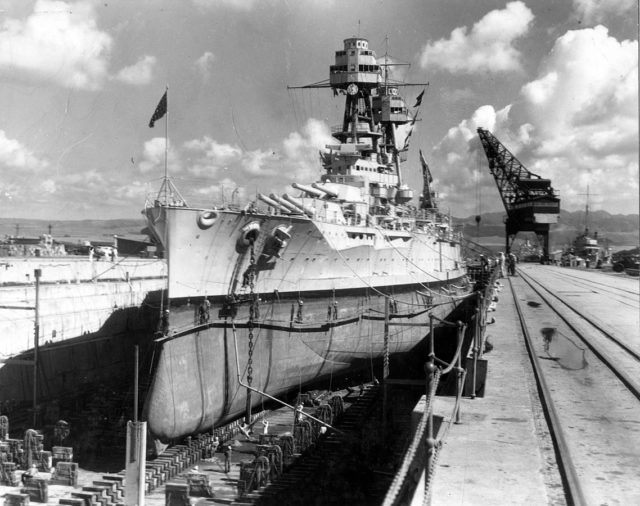
After he released the lines so that the ship could cast off, he got back on the deck and continued fighting. The alarms and scrambles were way too late, with the sailors desperately trying to fend off the bombers and kamikaze pilots.
It is speculated as to how Hill lost his life after releasing the Nevada’s mooring lines. Many of his crew perished in a large blast from enemy bombs that hit the ship’s bow, with 46 members dead.
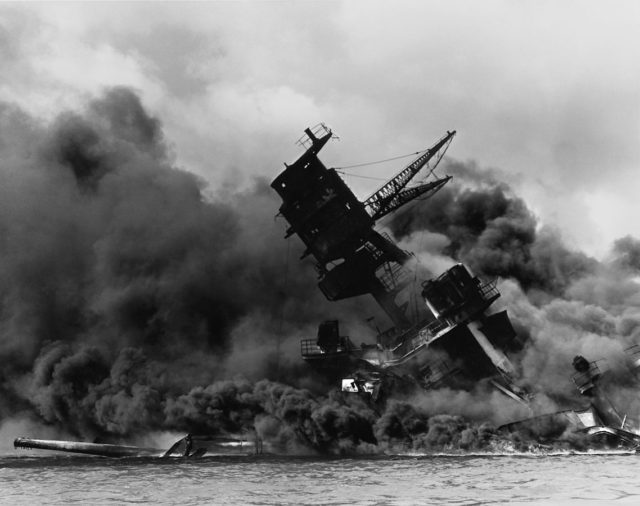
Despite Hill’s unbelievable feats of bravery, the dreadnought failed to completely escape the onslaught and was hit by a torpedo and at least six bombs while desperately trying to get away from Battleship Row, and the crew was forced to beach the ship.
After the attack, The dreadnought was salvaged and modernized as a convoy escort and as a fire-support ship. She saw action during the Normandy landings of D-Day, and was involved in the battles for Southern France, Okinawa, and Iwo Jima.
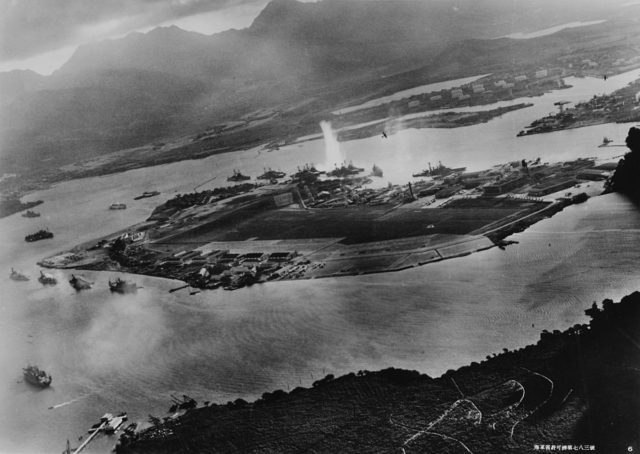
Hill’s body was found riddled with bullets, which meant that he was shot prior to the blast. The citation from his Medal of Honor states that he was killed by the bomb blast, nevertheless.
Accounts of several crew members claim that Hill saved their lives, directly ordering them to head for the ship’s turrets for cover. They were young 18 or 19-year-old men and they were certainly not mentally prepared for the surprise assault.
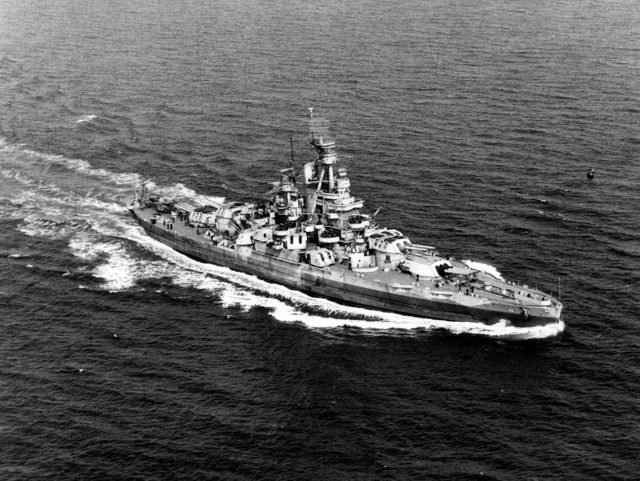
Hill, with 30 years of naval experience, was highly respected, almost on a par with the captain of the Nevada. The crewmen regarded him as a high authority on board and unquestionably followed his orders.
His Medal of Honor citation reads:
“For distinguished conduct in the line of his profession, extraordinary courage, and disregard of his own safety during the attack on the Fleet in Pearl Harbor, by Japanese forces on December 7, 1941. During the height of the strafing and bombing, Chief Boatswain Hill led his men of the line handling details of the U.S.S. Nevada to the quays, cast off the lines and swam back to his ship. Later, while on the forecastle, attempting to let go the anchors, he was blown overboard and killed by the explosion of several bombs.”
For his unmatched bravery, Edwin J. Hill will no doubt be remembered among the countless other US heroes in WW II. He was buried along with his deceased shipmates in the National Memorial Cemetery of the Pacific, Honolulu Hawaii.
